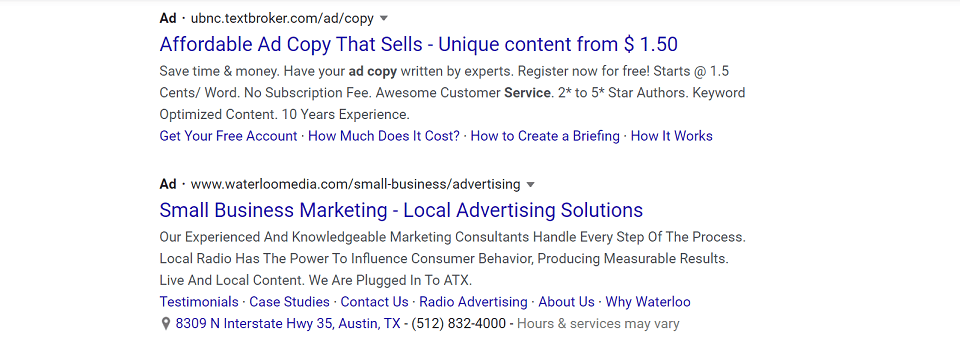AI is everywhere. The buzz is nonstop.
But if you’re running marketing at a mid-sized company, chances are your team isn’t jumping up and down about it.
The fear is real.
- “Will AI replace me?”
- “Do I even know how to use this?”
- “Are we moving too fast—or not fast enough?”
You’re not alone. This post will walk you through a practical framework to turn that anxiety into real confidence—with a roadmap built for teams like yours.
Start with Awareness, Not Urgency
Most anxiety comes from feeling behind.
Vendors love to create panic. “Everyone’s already using this. You’re missing out.”
Don’t buy it.
Start with a clear-eyed understanding of what AI can and cannot do.
Focus on how it can improve your processes—not your people.
Run a short audit:
- What repetitive tasks waste your team’s time?
- Where do decisions get delayed from lack of data?
- Which marketing efforts are hard to scale today?
Your goal is clarity, not speed. Get clear on what problem you want to solve first.
Step 1: Establish Guardrails Before Tools
AI fear often stems from not knowing what’s off-limits.
Set some non-negotiables early:
- What decisions must stay human-led?
- Which data sets should never feed into an AI platform?
- Where should output always get a review by a member of the team?
Put these in writing. It will give improve your team confidence.
They’ll know where the line is—and that you still value their judgment.
Step 2: Introduce One Use Case, Not a Platform
Avoid the mistake of dropping a full AI suite on your team and expecting adoption.
Instead, pick one use case:
- Automate subject line testing in email marketing
- Use AI to cluster keywords by intent for SEO
- Test AI-generated variations of social media copy
Start small. Let the team experiment. Encourage feedback. Give them control.
When they see a quick win, they’ll stop fearing the tech, and start asking for more of it.
Step 3: Redefine Roles, But Don’t Replace Them
The fear of job loss is loud and valid.
Make your position clear: AI is here to support you, not to eliminate jobs.
Let your team see the upside:
- Writers become editors and strategists
- Analysts focus on insight instead of collection
- Designers guide AI tools to scale asset creation
Your people stay in charge of the important stuff. AI just removes the grunt work.
Step 4: Build an AI Playbook
Once you’ve tested a few tools and workflows, document what works.
Include:
- What tools you’ve adopted
- Where you use AI in campaigns
- What the approval process looks like
- How you validate AI outputs
Your AI playbook is a living document. It creates structure, clarity, and trust across your marketing org.
Step 5: Train Continuously, Together
The landscape will keep changing.
Don’t dump training on individuals. Make it a team initiative.
Schedule short monthly learning sessions. Try tools together. Share wins and mistakes openly.
When learning becomes collaborative, it reduces fear.
Everyone grows, and no one gets left behind.
If you don’t have the bandwidth or the means to do this in-house, I can help you.
Confidence Comes From Structure, Not Hype
AI doesn’t need to be a threat.
With a clear plan, smart boundaries, and an empowered team, it will become your edge.
Don’t let anxiety slow your momentum.
Set your framework. Start small. Scale what works.
And show your team that AI isn’t here to replace them. It’s here to make their work better.
Want more support building human + AI marketing workflows that actually perform?
Sign up for to the HAIF (Human-AI Framework) program for as little as $97, and start building confidence into your processes from day one.
Tommy Landry
Latest posts by Tommy Landry (see all)
- B2B SEO in 2025: Winning Visibility in AI-Curated Buyer Journeys - December 16, 2025
- Local SEO Meets AEO and GEO: How AI Platforms Read Local Authority Signals - December 9, 2025
- What Is an SEO Proposal and What Should It Include? - December 2, 2025





